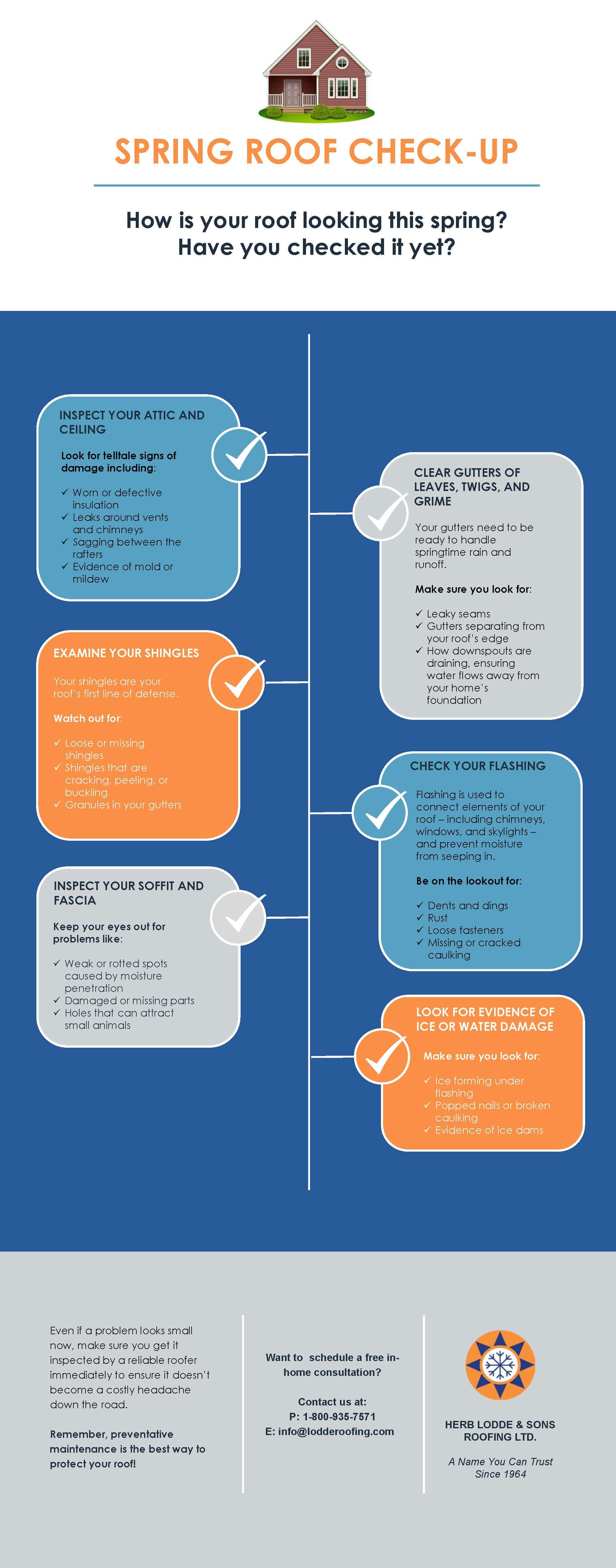Neglecting Roofing Air Flow Can Cause Costly Repair Work; Reveal The Essential Considerations That Guarantee Reliable Setup And Maintain Your Financial Investment
Neglecting Roofing Air Flow Can Cause Costly Repair Work; Reveal The Essential Considerations That Guarantee Reliable Setup And Maintain Your Financial Investment
Blog Article
Author-Kehoe Curtis
When you're tackling a roof covering task, you could not believe much regarding roofing system air flow, however it's more vital than you recognize. Reliable ventilation assists control temperature and dampness in your attic, protecting against problems like mold and mildew and architectural damages. By understanding exactly how to develop and install a balanced ventilation system, you can improve power effectiveness and extend the lifespan of your roof covering materials. So, what are the vital variables to take into consideration throughout installation that can make all the difference?
Value of Roof Covering Air Flow
Roofing system air flow plays a crucial function in keeping the overall health and wellness of your home. By enabling fresh air to circulate with your attic, it helps control temperature level and moisture degrees. This equilibrium is vital to prevent warm build-up during hot months, which can cause raised energy costs as your air conditioning works overtime.
Moreover, correct ventilation considerably minimizes the threat of moisture-related problems like mold and mold. If humidity degrees climb, your home's structural honesty can be compromised, bring about expensive repair work. You would not want to handle rotting timber or deformed roofing materials, right?
Additionally, adequate air flow extends the life expectancy of your roof. When warmth and moisture are kept in check, your roof covering can perform ideally, stopping premature wear and tear. This indicates less migraines and costs down the line.
How Roofing Ventilation Functions
Efficient roofing ventilation counts on the all-natural activity of air to develop an equilibrium between intake and exhaust. When you install vents, you're essentially allowing fresh air to enter your attic while making it possible for warm, stale air to leave. This process helps control temperature level and wetness levels, stopping issues like mold and mildew development and roofing system damages.
https://www.wkrg.com/mobile-county/local-roofing-company-employees-charged-with-insurance-fraud-financial-elder-abuse/ , commonly located at the eaves, attract awesome air from outside. At the same time, exhaust vents, located near the ridge of the roofing, let hot air rise and departure. The difference in temperature produces a natural air movement, referred to as the pile impact. As cozy air rises, it creates a vacuum that draws in cooler air from the lower vents.
To maximize this system, you require to guarantee that the consumption and exhaust vents are effectively sized and placed. If the intake is restricted, you won't achieve the preferred ventilation.
Similarly, not enough exhaust can trap warmth and moisture, bring about potential damages.
Secret Setup Considerations
When installing roof covering ventilation, a number of crucial considerations can make or damage your system's efficiency. First, you need to examine your roof's layout. see this site , form, and products all influence airflow and air flow selection. Ensure to select vents that fit your roofing system kind and local environment problems.
Next, take into consideration the positioning of your vents. Ideally, you'll want a well balanced system with intake and exhaust vents positioned for optimal air movement. Area consumption vents low on the roof and exhaust vents near the peak to motivate a natural circulation of air. This setup helps prevent dampness buildup and advertises energy performance.
Don't forget insulation. Proper insulation in your attic protects against warmth from running away and maintains your home comfy. Guarantee that insulation doesn't block your vents, as this can hinder air flow.
Finally, think of upkeep. Choose ventilation systems that are very easy to gain access to for cleaning and evaluation. Routine maintenance guarantees your system remains to operate effectively in time.
Conclusion
In conclusion, roof covering ventilation is necessary for an effective installation. By making certain proper air movement, you can protect against warmth buildup and wetness concerns that cause pricey damages. When you tactically setting intake and exhaust vents, you enhance power effectiveness and extend the life expectancy of your roof. Bear in mind, a well-ventilated roof covering not just safeguards your investment but also enhances your indoor air quality. So, focus on air flow to guarantee a resistant and economical roofing system for your home.
